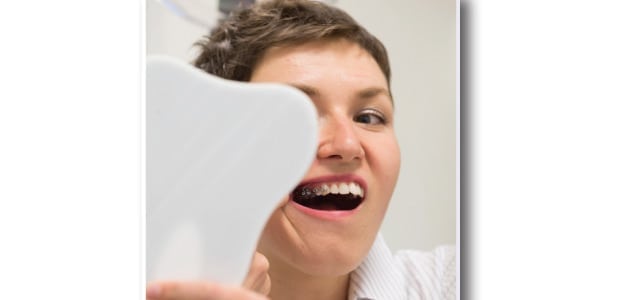Contributed by Dr. Michael Papademetriou
Desert Ridge Orthodontics
Assistant Professor and Clinical Director
Postgraduate Orthodontic Program
A.T.Still University, Mesa, AZ
Orthodontics for adults is not new
Over 100 years ago Dr. Edward Angle, the father of orthodontics, treated a 38-year-old woman with braces. The number of adult patients receiving orthodontic treatment is increasing worldwide.
A recent survey from the American Association of Orthodontists (AAO) found that adults made up a record high of nearly 1.5 million Orthodontic patients in the U.S. and Canada. Improved appliance esthetics, treatment mechanics and social acceptability are some of the contributing factors involving this increase.
Many adults are seeking orthodontic treatment not only for esthetics but also for functional health, such as TMD (Temporomandibular Joint Dysfunction), sleep apnea, preparation for restorative work (by the general dentist or prosthodontist), gum problems (periodontitis), dentofacial deformities (orthognathic surgery).
The orthodontist is a specialist who spends an extra 2-3 years in an advanced orthodontic program after he or she becomes a general dentist. The orthodontist works well with all other specialists; oral surgeons, pedodontist, periodontist, prosthodontist, including general dentists, in order to provide the best possible treatment for their patients.
Available treatment options for adults:
Metal Braces: still the most efficient and economical form of treatment.
Clear Braces: (ceramic) are more esthetic but maybe less efficient and tend to stain or break easier with increased cost. Lingual Braces: are placed behind the teeth on the tongue side and are basically invisible, but may be irritating to the tongue and significantly more expensive.
Clear Plastic Aligners: (i.e. Invisalign). They are almost invisible, but do have limitations on certain treatments. They require very good compliance to wear at least 22 hours a day; otherwise they will not work and will prolong the treatment time. These aligners are also more expensive.
Wilckodontics
Treatments for adults don’t necessarily take longer; it is rather the complexity of the case that determines the treatment time. Nowadays, there are techniques available that could significantly reduce the treatment time. “Wilckodontics”, or decortication with bone graft, is the most efficient technique to reduce treatment time to about 1/3 of the typical orthodontic treatment and with some extra benefits like an increase in bone volume and stability, avoiding surgery or extractions in some borderline cases. Other techniques that can reduce treatment time include microperforations, vibration or photoactivation.








